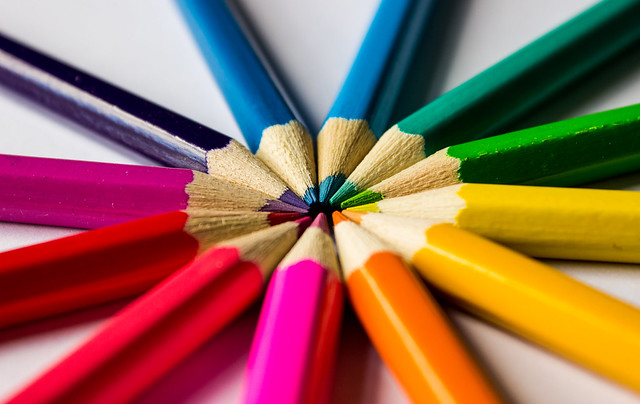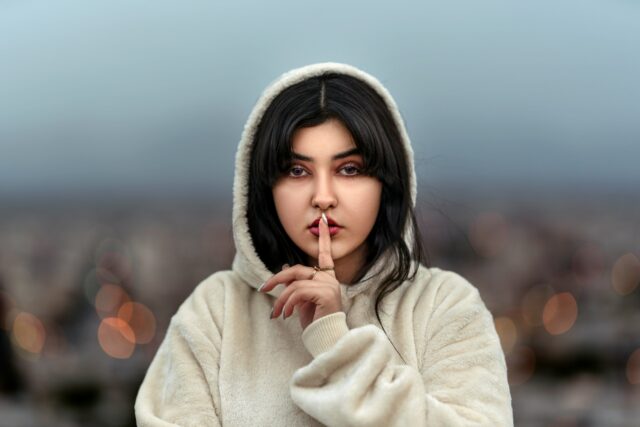What Color Do You Feel Like Today?
By: Jen McWaters, Psy.D. | September 19, 2019

Our English language often uses the psychology of color to depict emotions. We “see red” when we are angry. We “feel blue” when we are feeling down. Yellow is often associated with happiness (think smiley face!), and we are “green with envy” when we feel jealous of someone. These associations are so embedded in our language that we may forget how powerful they are. Colors help us express our feelings and can also influence our feelings and behaviors in unconscious ways.
Businesses know this. They carefully consider what colors to use in marketing campaigns, photos, products, in architecture and design. The website, colorpsychology.org, stated that “research shows that the proper use of color increases brand recognition by 80%. It also raises the visual appearance by 93%. A further 85% of consumers buy because of color.” The website also provides a breakdown of how colors are used to evoke certain emotions. As you read these descriptions, consider what you identify to be your favorite colors and what colors you tend to use in your home, your clothing choices, and in design. A few color psychology descriptions follow:
Red
Red is associated with strong emotions, impulsivity, urgency, even increased appetite! All those “red tag” sales at stores now make sense, perhaps making red not the best paint color to use in your home given how activating it can be.
Yellow
Yellow represents clarity, youthfulness, and cheerfulness. Yellow is an attracting and compelling color. We see yellow used in baby products and newborn marketing.
Blue
The blue color of earthly water is associated with feelings of calm, serenity, trust, even decreased appetite and increased productivity. Blue appears commonly in financial branding and home design.
Green
Representing health, wealth, nature, and serenity, green is a popular color in health-related branding. Green can also counteract feelings of depression. As such, research suggests that looking at nature might alleviate mental health symptoms of depression and anxiety.
Consider using color in your home such as soothing shades of blue and green for bedrooms and living areas. When you experience symptoms of anxiety or depression, consider getting outside in nature, out in the garden, hiking, or walking near water to alleviate distress. The colors associated with such activities can go a long way toward a more balanced emotional state.
Image: Catface27 on flickr and reproduced under Creative Commons 2.0



